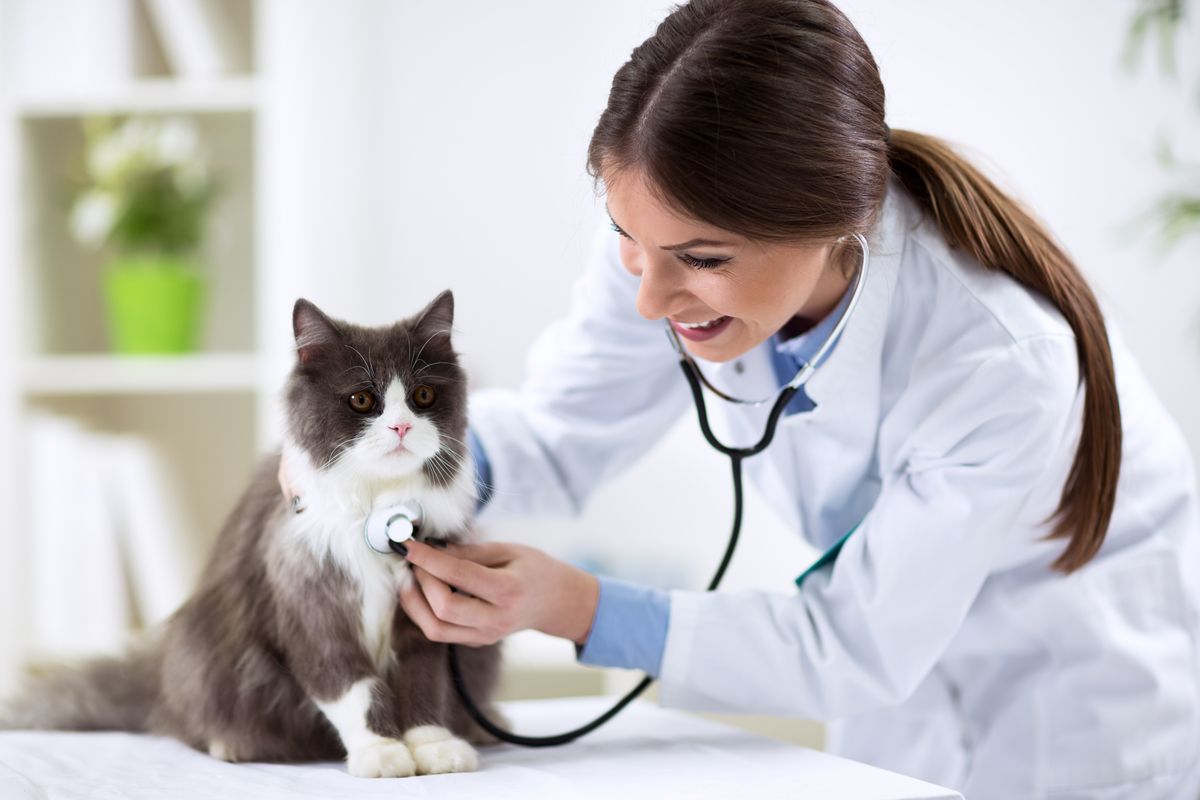IDEXX Laboratories' (IDXX +0.46%) earnings per share fell 34% year over year in the fourth quarter, but the veterinary test specialist's numbers require some adjustments.
Starting this year, IDEXX will sell its diagnostic products directly to U.S. veterinarians. In making the transition, its old distributors had to draw down their inventory, which reduced IDEXX's revenue by $25 million. Adding those lost sales back in and adjusting for foreign exchange rate changes, normalized organic revenue growth -- which excludes revenue from acquisitions made in the last year -- increased 9% year over year in the fourth quarter.
The move to an in-house sales force not only affected the top line growth, but also added $9.8 million in costs to set up the new system, which obviously had a negative effect on earnings. Adding back in the lost profit on the inventory drawdown and the cost to set up the new sales strategy, IDEXX made $0.95 per share in the fourth quarter, up 16% year over year.
It's hard to complain about double-digit earnings growth, even if it requires a little math to get there.

Catalyst One Analyzer
Source: IDEXX Laboratories
The aforementioned 9% normalized organic revenue growth is especially impressive since the company's new Catalyst One machine is substantially cheaper than the older model. Despite a 19% year-over-year increase in Catalyst machine placements and 23% year-over-year growth in premium hematology instrument placements, fourth quarter sales of instruments declined 9% organically. Lower average prices for certain instruments sold internationally and sales with deferred revenue also contributed to the lower revenue from instrument sales.
Sales of consumables that run on all the machines IDEXX has placed in veterinarians' offices over the years more than made up for the decline in sales of the machines, with sales of IDEXX VetLab consumables up 15% year over year during the quarter. A 13% year-over-year growth in revenue from its reference lab and consulting services also helped increase the top-line growth.
This year, IDEXX is looking for even better organic revenue growth with guidance of 13.5% to 14.5%. About 3.5 percentage points of that growth will come from the difference in the higher prices it'll get for products sold directly to consumers instead of the discounted price that distributors got.
Even backing out the increased selling price as a one-time gain, 10% to 11% revenue growth isn't too shabby. Calling on more customers with its expanded sales force should help IDEXX achieve its goal. IDEXX has found that customers that got at least one visit from a sales rep grew 13% faster than those that didn't receive a visit.
New tests available for reference lab customers, including one for chronic kidney disease and another fecal test for worms, should help boost reference lab revenue as well.
On the bottom line, IDEXX is looking for adjusted earnings-per-share growth of 9% to 11% this year.






